“Flaminia” byi Beatrice Brandini
Banner of the exhibition “Imperatrici Matrone Liberte”
Empresses, matrons, freedmen is the title of the new archaeological exhibition in the Uffizi Gallery, where thirty works tell the important role of women in the society of that time.
Portrait of Vibia Sabina so-called Matidia (head: 128 130 AD bust: 250 300 AD)
Bust of Antonia Minor so-called Agrippina Maggiore (head: first half of the 1st century AD modern bust)
Altar in honor of the verna L. Giulio Caro, II century AD
The story of the affirmation of women in the Roman culture of the late republic and the high empire is the theme of this revolutionary exhibition, which compares splendid portraits of empresses together with that of unknown private individuals.
Altar in honor of Materia Superba, mid-1st century AD
An exhibition that enhances the female image in a context of excellence, there are in fact extraordinary works such as the sculptures depicting the mother of Nero and the wife of Domitian, in an important historical moment, in which still, in many parts (too many! ) of the world, women are discriminated against or violated.
Sixteenth-century code attributed to Giovanni Antonio Dosio. Florence, National Central Library
Altar of Rhodon, slave of Domizia Agusta, late Flavian age
Director Schmidt declares that it is a female exhibition, which emphasizes the immense archaeological heritage of the Uffizi Galleries, which in recent years have been increasingly careful to enhance and propose a strong image of women.
Small bust of Antonia Minor, head and part of the bust Roman art from 37 to 42 AD.
Portrait of Faustina Maggiore “Dresden type” on a modern bust, mid-2nd century. A.D.
Female portrait head of Hadrian’s age on modern bust. 128 -130 AD
The women depicted in the marble busts of this exhibition bear witness to their power, their determination, their independence and rebellion. Roman women of the imperial age, with their stories and their battles for civil, political and economic emancipation, are the protagonists of the exhibition and despite the centuries, they tell us about struggles that are still ours.
There are thirty works from the archaeological collection of the museum complex, but also from important loans from the National Archaeological Museum of Florence and from the National Central Library.
Monumental fragment I – II century AD
Particular altar in honor of Giunia Procula, with a curse for Giulia Atte, Flavian age (66 – 96 AD)
Glimpses of the Corridor of the Uffizi Gallery
The itinerary, divided into three sections, allows you to follow the life of Roman women in the first two centuries of the Empire (from the beginning of the 1st to the second half of the 2nd century AD). Positive and negative personalities are admired, embodied as empress and authoritative women of the imperial house, also focusing on stories of the daily life of matrons and freedmen, such as that of Giunia Atte, first a slave and then married to her patron executioner. Or that of Pompeia Trebulla, a powerful matron of the Terracina elite, to whom we owe a revolutionary gesture of great female independence, that of having placed her name next to that of the Augusti, in the temple dedicated to Tiberius.
Other magnificent views, Palazzo Vecchio
View of the Loggia della Signoria, sculptures of Perseus and the Rape of the Sabines
The exhibition is curated by Novella Lapini under the direction of Fabrizio Paulucci, and will be scheduled from 3 November to 14 February 2021.
Small collection inspired by ancient Rome, by Beatrice Brandini
Good life to everyone!
Beatrice


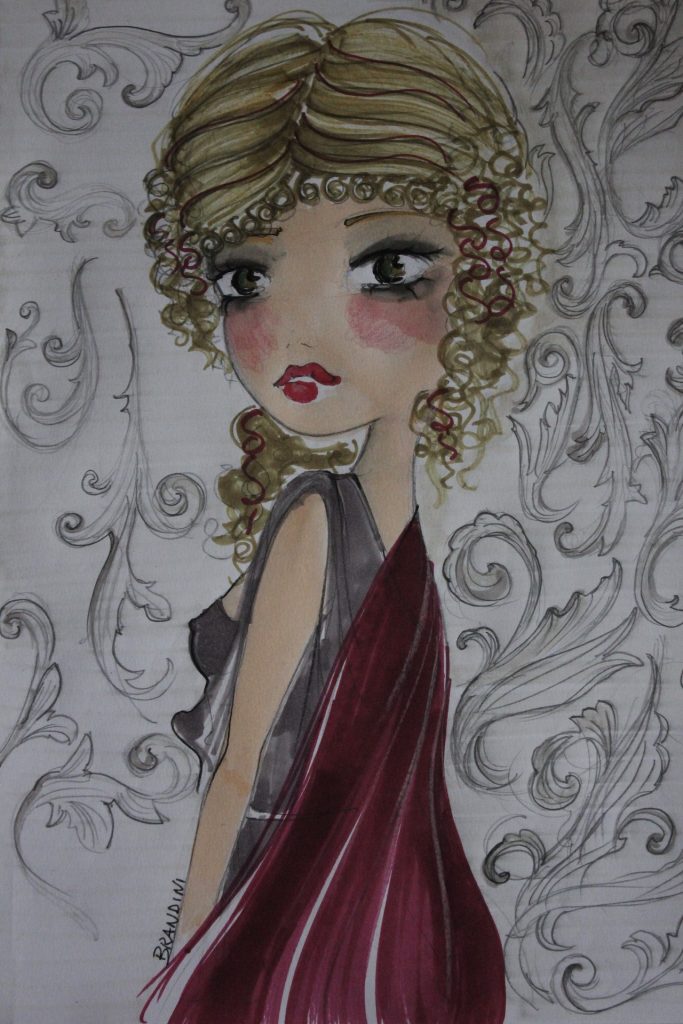
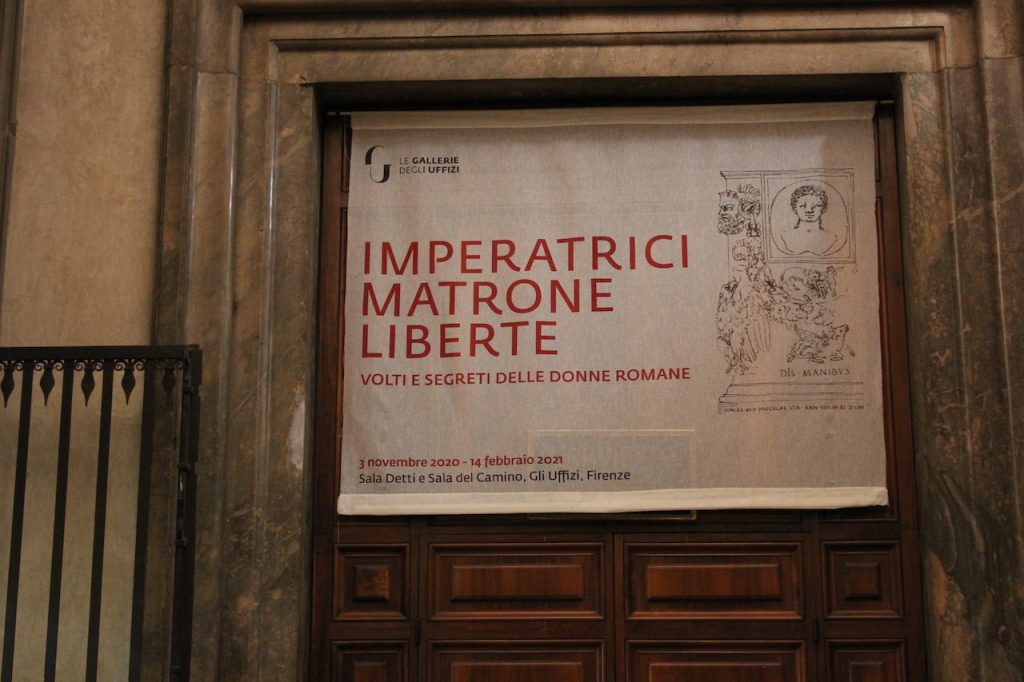
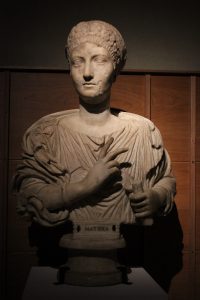
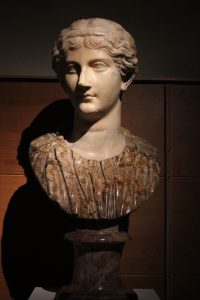
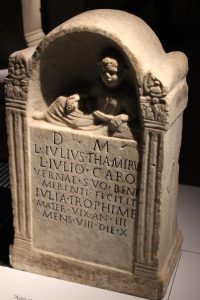
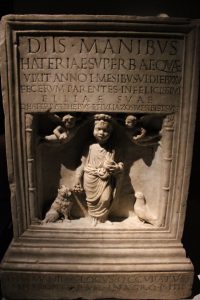
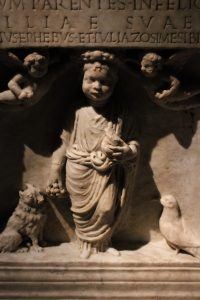

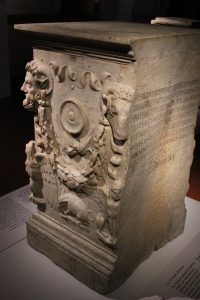
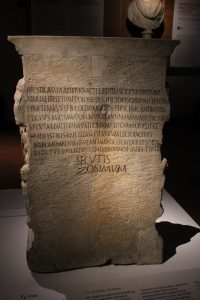
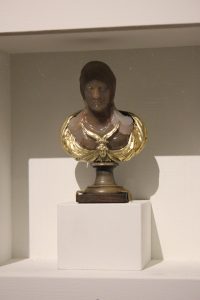
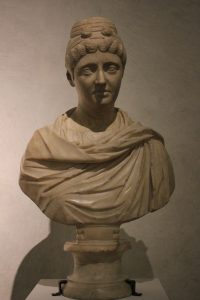
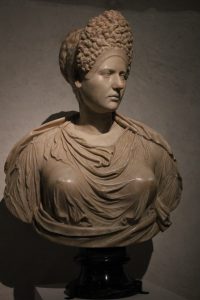
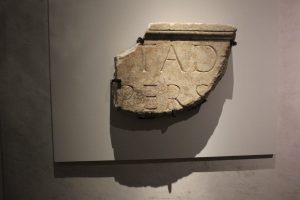
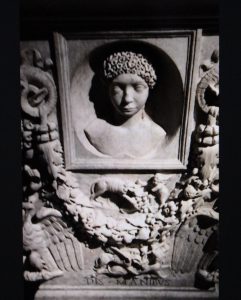
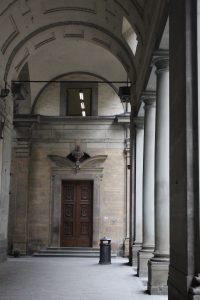
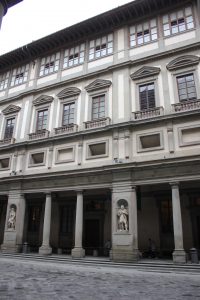
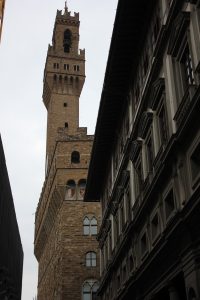
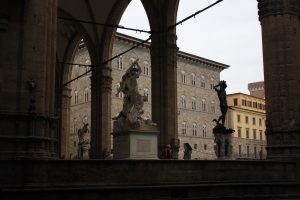
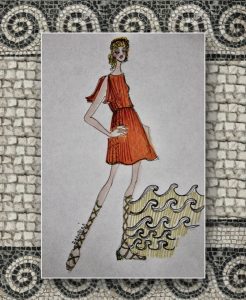
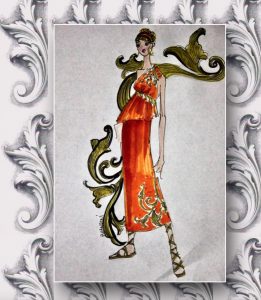
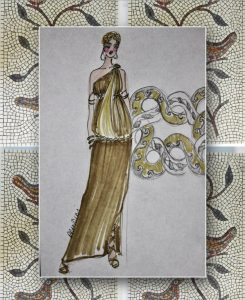
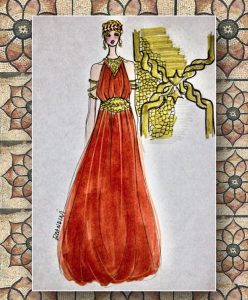
Usually I don’t read post on blogs, but I wish to say that this write-up very forced me to try and do so!